As I told you in my last post, after visiting Cali I was heading to a friends place, that I met at Macarena National Park: Leticia Abdala Berzunza
This nice woman invited me to her house, while we where hiking next to the Rainbow River 1 week earlier, so when I was in Cali staying at the hostel, I sent her a message and she picked me up to bring her to her finca in las montanitas, close to the city.
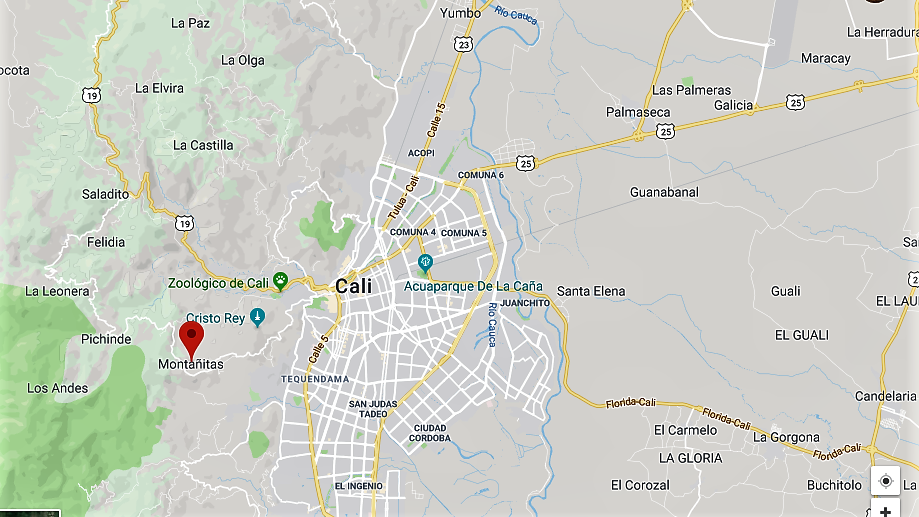
On our way we went to buy some food for a big event coming up. As I found out, Leticia was the president of the orchids club in Colombia and about to organize a meeting (out of cortesy) for people interested in orchids to teach them how to treat them well.
So when we got to her wonderful house I was really surprised! It was a wonderful peaceful place in the mountains, with awesome flora and a beautiful view of Cali.
Right next to her Finca, she and her husband have big greenhouses and a laboratary to cultivate ochids.
She immediately showed me around and offered me to teach me a bit about orchids, giving me the chance to work with her and helping them out, while I also could stay as long as I wanted to.
So as Leticia is mexican and I used to live in Mexico, the first task was to prepare Tacos a la Cochinita for the group which would come for class, and move the furniture in the living room to make space for the presentation.
I also learned a lot at this presentation like: How do I know that my plant is sick, has some kind of fungus, needs more water or less sun etc. and what can I do about it.
The food we made was amazing!! I mean.. I like Colombian food, but to be honest I missed the mexican food already and for me it was like being at home for a while, which is awesome if you are backpacking on the road for that long.
And everybody that knows me would confirm if I say that food just makes me happy! :)
So I stayed a few days with Leticia helping her with the greenhouse having a little break of travel. She even got a steemit account after all: @viveromediodapa, but she didn´t start posting yet.
Here some general information about this plants:
The Orchidaceae are a diverse and widespread family of flowering plants, with blooms that are often colourful and fragrant, commonly known as the orchid family.
Along with the Asteraceae, they are one of the two largest families of flowering plants. The Orchidaceae have about 28,000 currently accepted species, distributed in about 763 genera.
Regardless, the number of orchid species nearly equals the number of bony fishes and is more than twice the number of bird species, and about four times the number of mammal species.
Orchids are easily distinguished from other plants, as they share some very evident, shared derived characteristics, or "apomorphies". Among these are: bilateral symmetry of the flower, many resupinate flowers, a nearly always highly modified petal, fused stamens and carpels, and extremely small seeds.
The Orchidaceae are well known for the many structural variations in their flowers:
Some orchids have single flowers, but most have a racemose inflorescence, sometimes with a large number of flowers. The flowering stem can be basal, that is, produced from the base of the tuber, like in Cymbidium, apical, meaning it grows from the apex of the main stem, like in Cattleya, or axillary, from the leaf axil, as in Vanda.
Orchids have many associations with symbolic values. For example, the orchid is the City Flower of Shaoxing, China. Cattleya mossiae is the national Venezuelan flower, while Cattleya trianae is the national flower of Colombia.
Vanda 'Miss Joaquim' is the national flower of Singapore, Guarianthe skinneri is the national flower of Costa Rica and Rhyncholaelia digbyana is the national flower of Honduras.
Prosthechea cochleata is the national flower of Belize, where it is known as the black orchid. Lycaste skinneri has a white variety (alba) which is the national flower of Guatemala, commonly known as Monja Blanca (White Nun).
Panama's national flower is the Holy Ghost orchid (Peristeria elata), or 'the flor del Espiritu Santo'.
Orchids native to the Mediterranean are depicted on the Ara Pacis in Rome, until now the only known instance of orchids in ancient art, and the earliest in European art.
I love how this also is a topic, which brings people from all over the world together, exploring more types of orchids and their behavior.
I got to know a few of the names of some orchids like these ones:
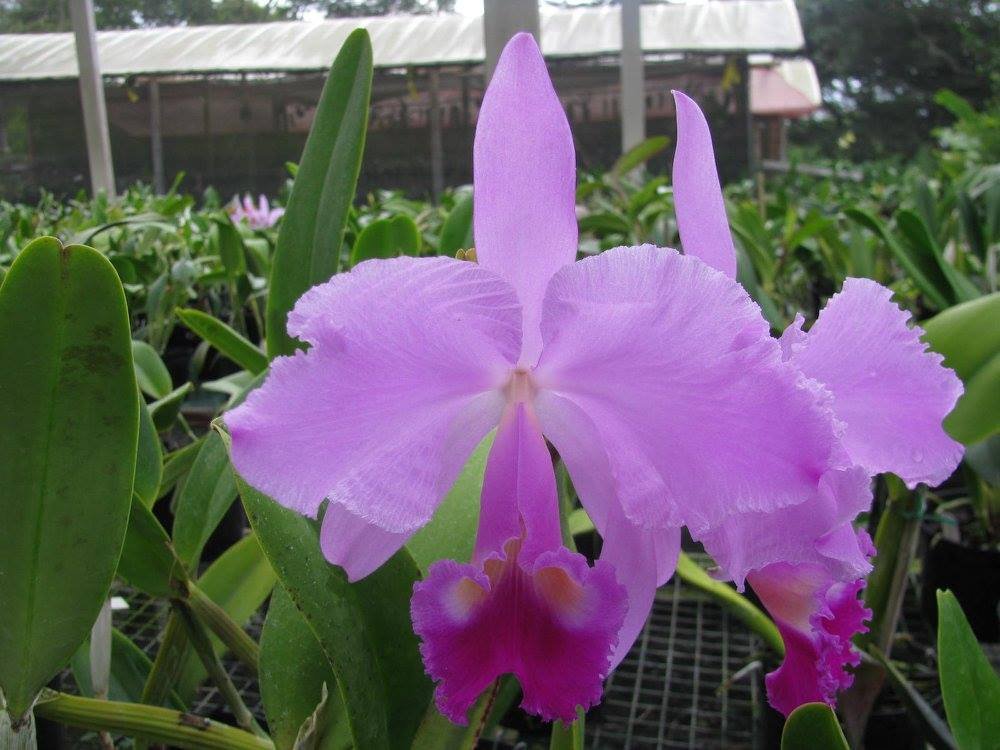
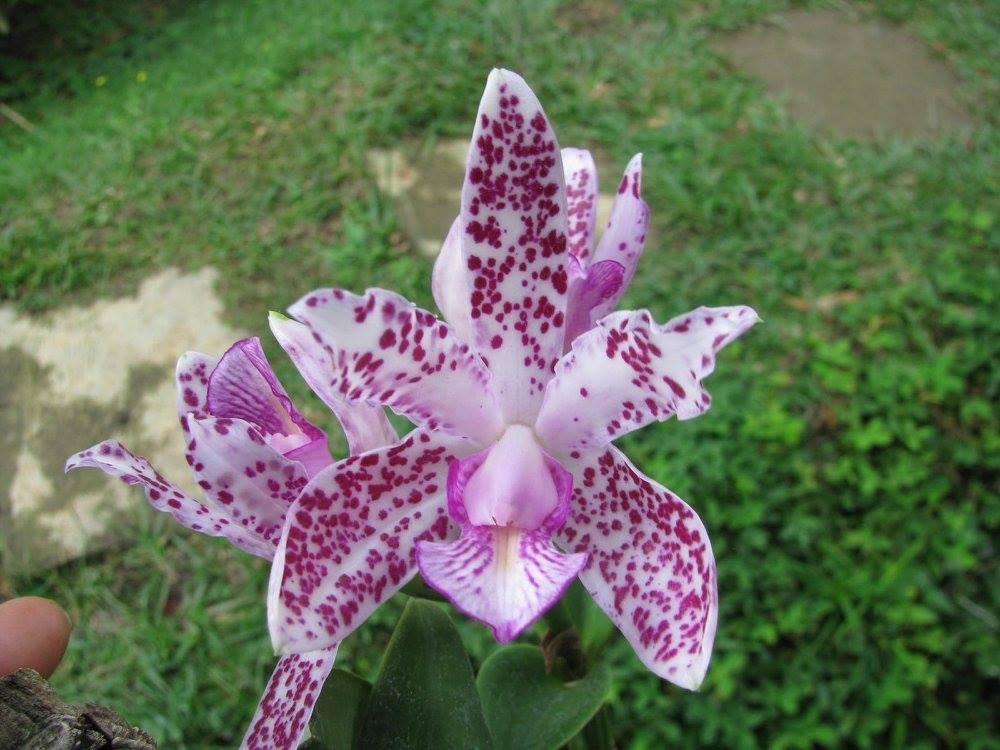
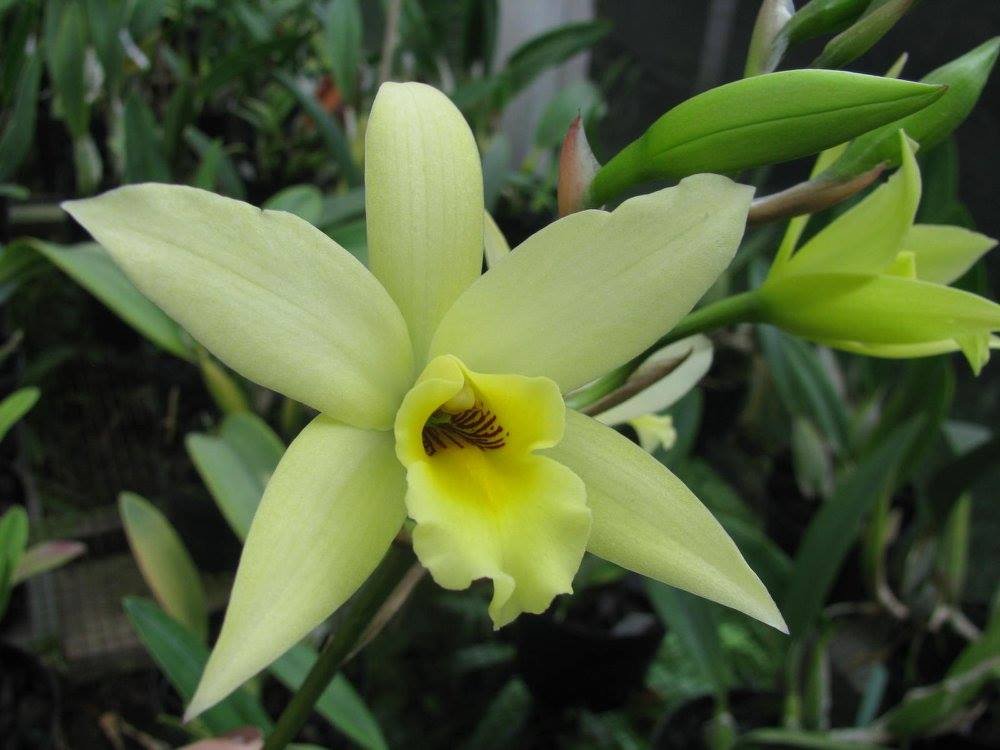
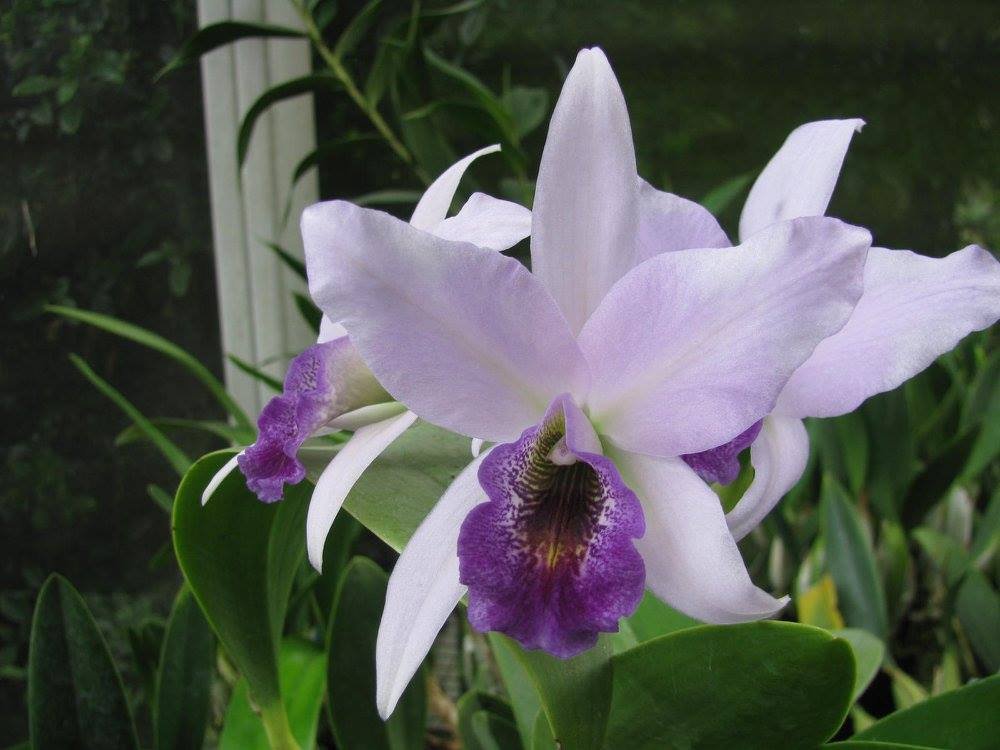
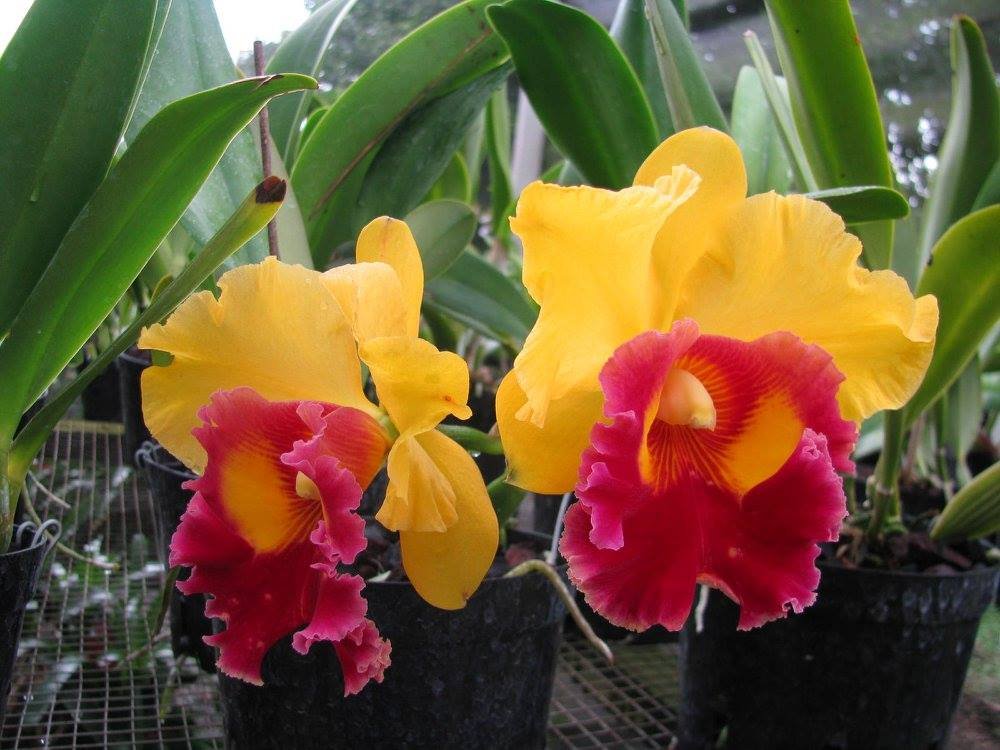

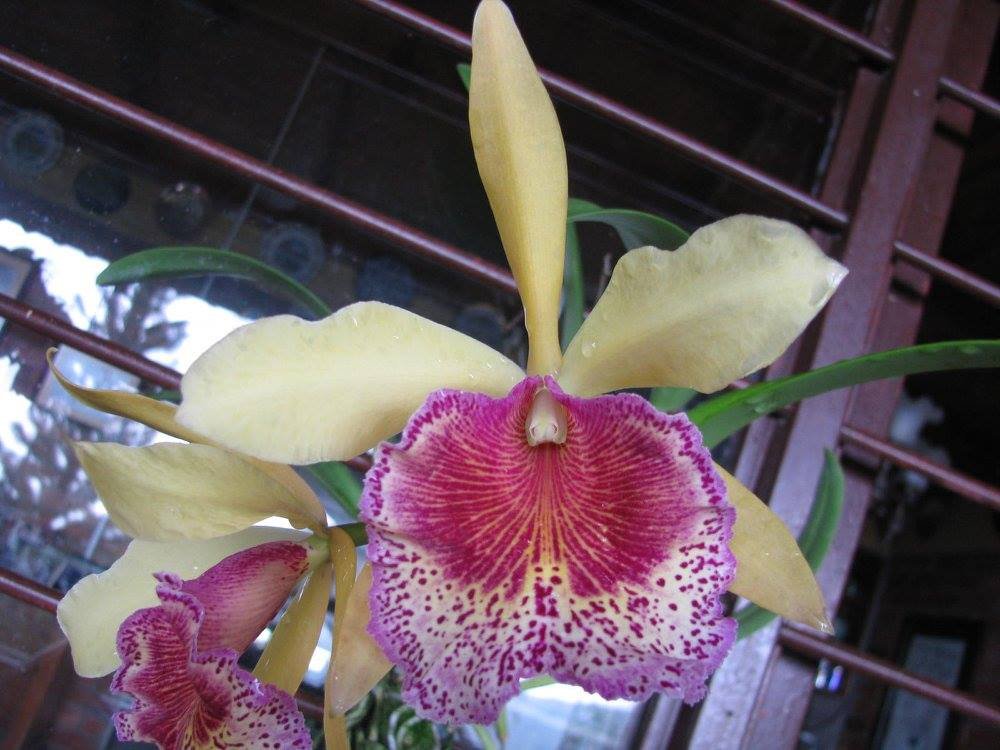
The others I saw just randomely walking around the greenhouse.
I had a wonderful time staying at Leticias house learning more about the flora of colombia. She was a lovely host and on of these people that you don´t expect, but just show up in the right moment and are so incredibly generouse, eventhough they hardly know you!
I knew from the moment I met her, that I had made a new friend for life and I am grateful for the time she shared with me.
As always I hope you enjoyed my post and I am grateful for every Upvore, Resteem and Comment, because you are supporting my travels with it!
Cheers,
Liz
Colombia Part 1: Bogota D.C. - A city full of history and culture!
Colombia Part 2: Guatavita Lagoon, The Muisca Civilisation and The Legend of "El Dorado"
Colombia Part 3 - The Salt Cathedral of Zipaquirá
Colombia Part 4 - Adventure time at the Natural Pools of Guejar River in the Jungle
Colombia Part 5 - Flying to Macarena National Park being a Copilot ✈
Colombia Part 6 - The Rainbow River at Macarena National Park
Colombia Part 7 - Riding Motor Bike and Chilling in the Pools of the Tatacoa Desert

